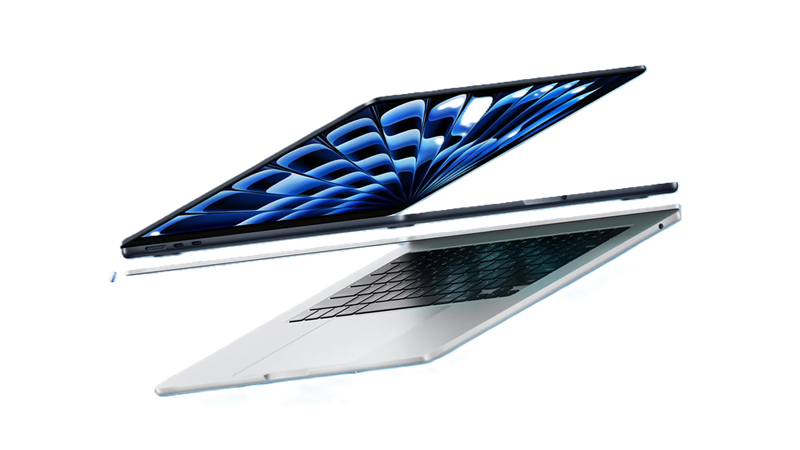The landscape of personal Apple computing has dramatically transformed over the past decade. Once dominated by desktop Apple computers, the industry has seen a significant shift towards more portable devices such as MacBooks, iPads, and iPhones. This change is driven by advancements in processor technology, increasing mobility needs, and evolving user preferences.
Why the Shift?
1. Portability: Modern lifestyles demand mobility. Portable devices allow users to work, learn, and entertain themselves from anywhere. The convenience of carrying a MacBook, iPad, or iPhone instead of being tethered to a desk is a significant advantage. After all even 15 years ago a MacBook could be quite bulky and before 2010 the iPad didn’t exist the iPhone was invented in 2007 so the the advance has been high-speed and recent.
2. Advances in Mac Technology: Innovations in hardware and software have made portable devices more powerful and efficient. Modern MacBooks and iPads can handle tasks that once required a desktop, from complex computing to high-end gaming and graphic design. Lower voltage processors that don’t require huge fans and low-profile SSD storage that doesn’t require spinning disks have made it easier to make thin-light devices.
3. Cloud Computing: The rise of cloud services means that data and applications can be accessed from anywhere, reducing the need for a powerful, stationary computer. Users can store files, run applications, and collaborate online, making portability more practical and desirable. In theory, you could run your whole storage apart from the operating system in the cloud.
4. Ergonomics and Design: MacBooks, iPads, and iPhones have become more ergonomic and aesthetically pleasing. Slim, lightweight designs coupled with high-resolution displays and longer battery life make these devices appealing for both personal and professional use. As processors have become less power hungry battery life has extended hugely.
5. Work From Home and Hybrid Work Models: The COVID-19 pandemic accelerated the adoption of portable devices as remote and hybrid work models became the norm. Employees needed reliable, mobile solutions to stay productive outside traditional office environments. There is less need to be present in potentially a city center office when you can be just as productive in the home environment.
The Rise of MacBooks, iPads, and iPhones
– MacBooks: Offering the power of a desktop with the convenience of portability, laptops have become essential for students, professionals, and casual users alike. High-performance models cater to gamers, designers, and developers, while MacBook Airs ultra-portable versions are perfect for travelers and remote workers.
– iPads: Tablets bridge the gap between smartphones and laptops. They are ideal for media consumption, digital art, and light computing tasks. With accessories like detachable keyboards and stylus pens, tablets are versatile tools for both work and play.
– iPhones: As the most portable of all devices, smartphones have revolutionised how we communicate, access information, and manage daily tasks. With powerful processors and extensive Apple app ecosystems, they serve as mini-computers in our pockets.
Impact on iMac and Mac Pro Desktop computers
While desktop Macs are still preferred for certain applications like high-end gaming, video editing, and complex computational tasks, their market share has declined. Businesses and educational institutions are increasingly providing laptops and tablets to employees and students, reflecting the shift towards mobility. They can be loaded with a lot more ram and onboard storage, however, they are tending now to be used for more power-hungry workloads that can’t be handled by even the most powerful MacBooks.
To sum up.
The transition from desktop Mac to portable devices represents a significant evolution in personal Apple computing. As technology continues to advance, the trend toward portability is expected to grow, further shaping how we work, learn, and interact with the Apple ecosystem
